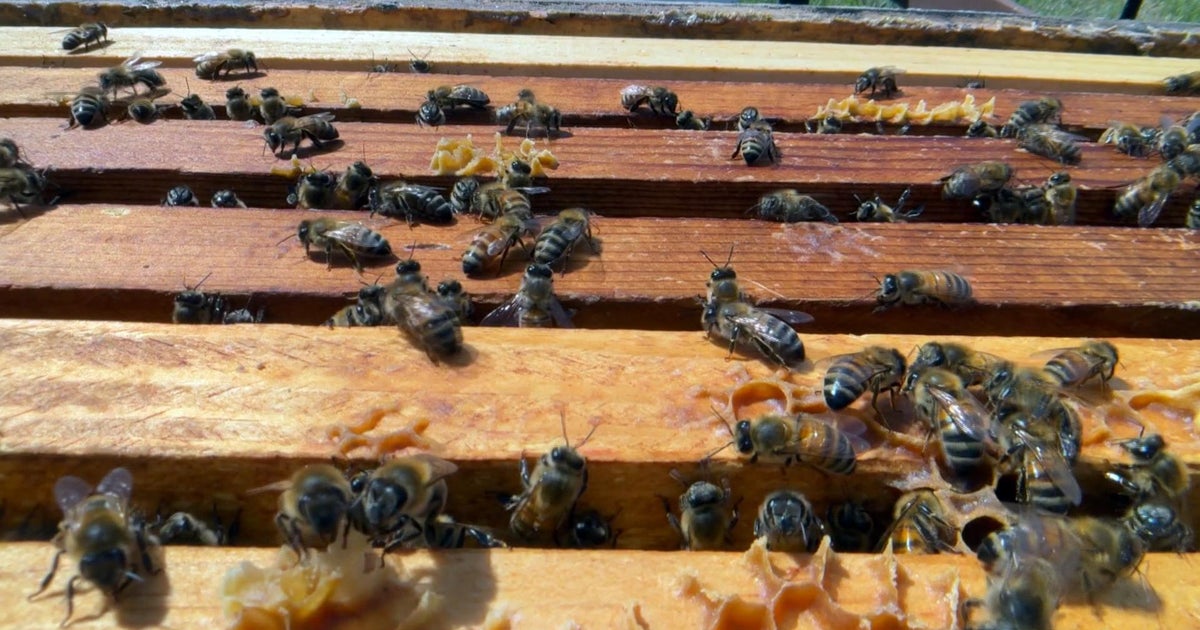It took decades to recover humpback whale numbers in the North Pacific. Then a heat wave killed thousands.
The humpback whale population in the North Pacific was once reduced to just a few thousand individuals because of commercial whaling. It finally peaked at more than 33,000 whales in 2012 – and then came "The Blob."
In 2013, a mass of warm water hit the region, creating an "ever-expanding hot spot" extending from the Gulf of Alaska to Baja California that spiked sea surface temperatures by as much as 7 degrees Fahrenheit on average, NOAA said. The event lasted four years and led to changes in salmon and sea turtle migration routes, as well as a record toxic algae outbreak that impacted crab fishing, seabird mortalities, whale entanglements and sea lion babies.
And now, a new study has found another devastating impact – the loss of humpback whales that conservationists had spent decades trying to recover.
Using artificial intelligence and thousands of photos of whales taken over a 20-year period, a new study published in Royal Society Open Science on Wednesday found that the mass of warm water contributed to the deaths of thousands of humpback whales in the North Pacific, roughly 20% of the population, between 2012 and 2021.
"The humpback whale population had recovered to a place that the ocean suddenly couldn't support," said Ted Cheeseman, a doctoral student at Australia's Southern Cross University and lead author of the study. "About 7,000 whales died as that capacity declined."
The study says that the humpback whale population significantly decreased in the North Pacific due to commercial whaling, and when that practice ended in 1976, it took 40 years for the species in the area to recover. The regional population went from around 17,000 members in 2002 to a peak of just under 34,500 members in 2012, with some smaller populations in the area recovering so well that they no longer needed protection under the Endangered Species Act.
Then by 2021, the population declined again, to about 26,600. That loss, the study says, "suggests the population abruptly reached carrying capacity due to loss of prey resources." Essentially, the study says, more marine animals were competing for less available food, leading to "severely diminished presence of calces, prevalence of 'skinny' whales, increased strandings." Fewer whales and calves were seen at breeding grounds during that time, as well.
The loss was most obvious in Hawaii, where humpbacks from the North Pacific will travel 3,000 miles in as little as 28 days to mate and give birth. There, the population declined by more than a third from its peak during that period. A separate study in 2022 found that humpbacks may stop making their yearly trek to the area as unprecedented levels of ocean warming could soon raise water temperatures in Hawaii beyond the point of comfort for the species.
Cheeseman said his team expected to see an impact from the event on the species, but they weren't anticipating finding impacts from climate change as a whole.
NOAA has previously said that the "impacts of climate change on whales are unknown, but it is considered one of the largest threats" to those that live in higher latitudes. Vessel strikes and entanglements are also major threats.
"Any resulting changes in prey distribution could lead to changes in foraging behavior, nutritional stress, and diminished reproduction for humpback whales," NOAA says. "Additionally, changing water temperature and currents could impact the timing of environmental cues important for navigation and migration."
Roughly 90% of the warming the planet is experiencing – mostly from the continued burning of fossil fuels – occurs in the ocean. Both the warming in the air and the water contribute to the loss of sea ice, rising sea levels, extreme weather conditions and changes in ecosystems, all of which perpetuate the cycle of rising temperatures and changing environments as we know them.
It also makes events like "The Blob" all the more possible.
"We know that marine heat waves all over the planet are becoming warmer over time," NOAA said after last year's marine heat wave off of Florida. "...Extreme heat can be destructive and deadly for marine systems."
Cheeseman doesn't think climate change itself will cause humpback whales to nearly go extinct as commercial whaling did, but it will have a significant impact.
"We are at risk of less productive oceans because of climate change," he said, "and that is our doing as well."




